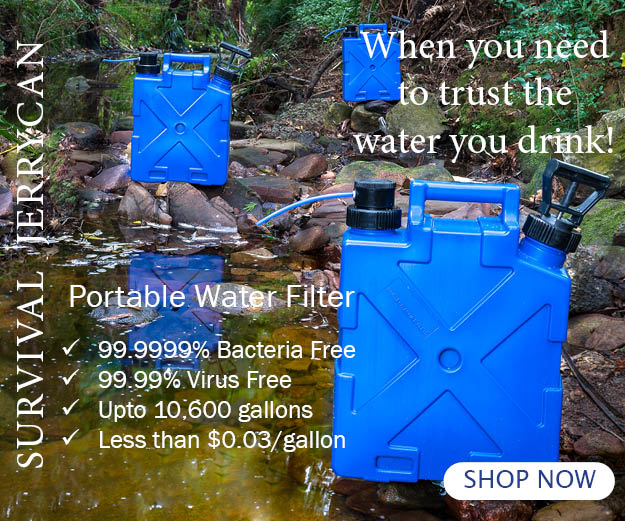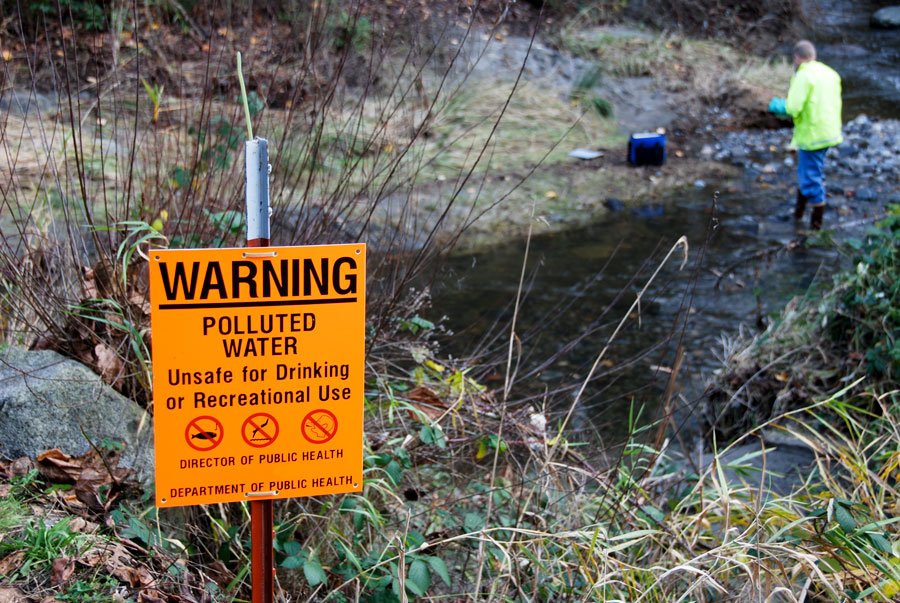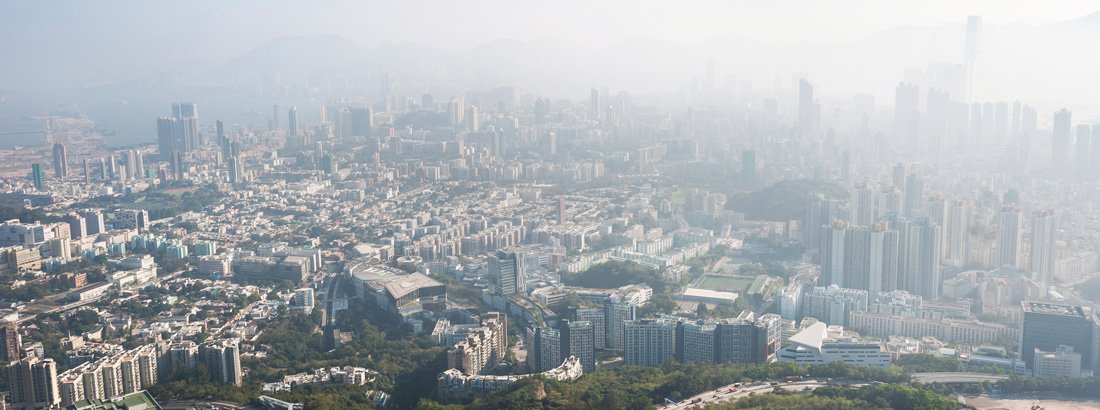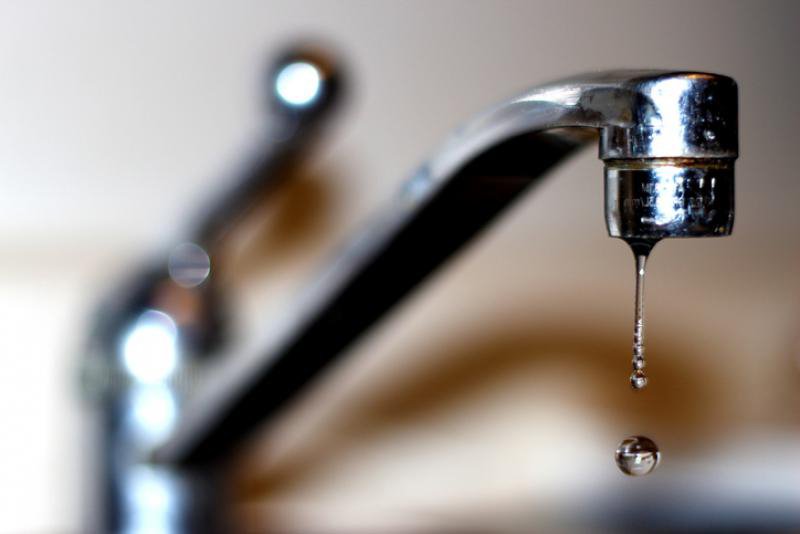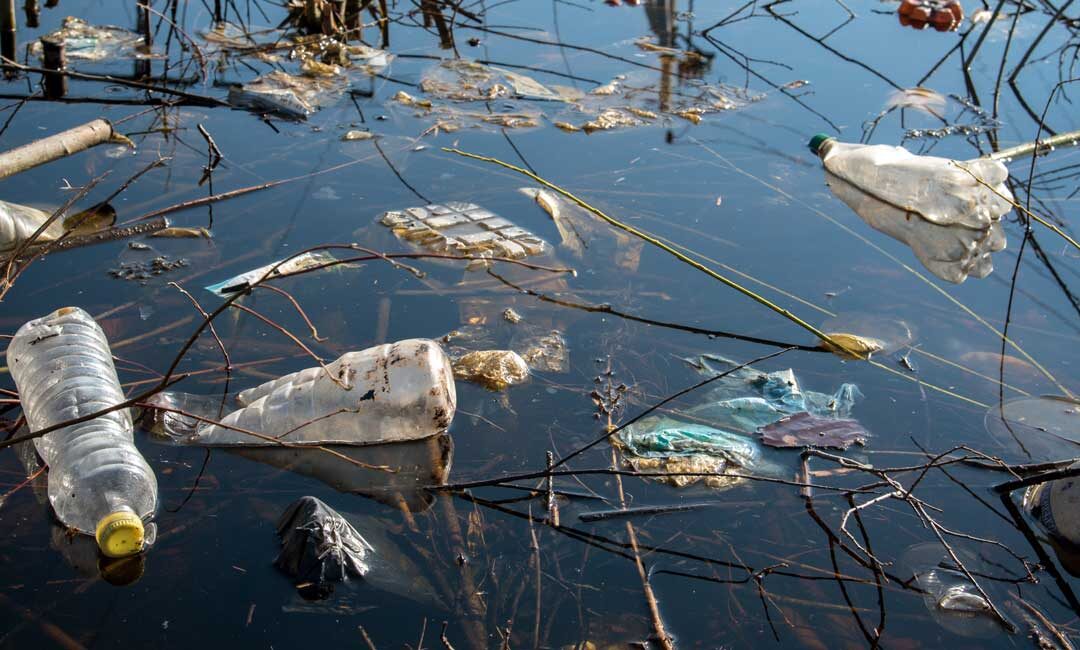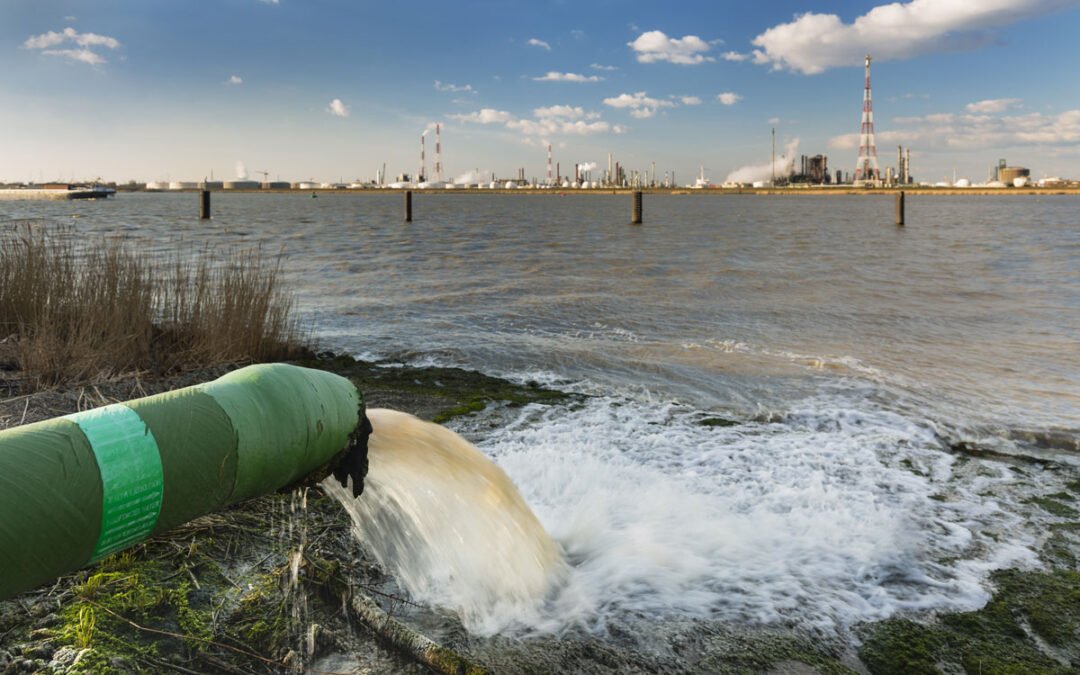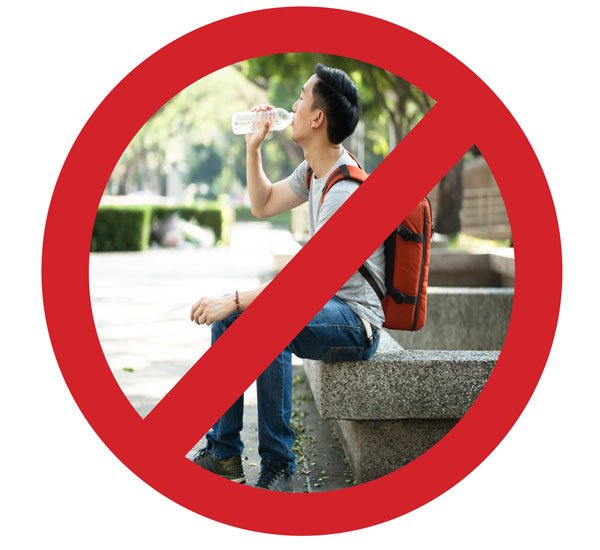Reversing your Carbon Footprint using Water Filters
Let’s face it: We’re killing the earth.
Every time we take a shower, go to the toilet, turn on lights, power up the computer, get in the car or buy packaged products, we suck the earth of its natural resources. Everywhere we see death, disease, obesity, pollution, and war. Innovation gives us the invention of earth-destroying products to make up for the damage of previous earth-destroying products. It seems inevitable that every move you make will do more harm than it will good. It’s easy to feel apathetic about what to do. However, there is a way to slow this earth-destroying, soul-shattering cycle.
First, become aware of your carbon footprint by doing some carbon calculations. There are plenty of free carbon calculators online. To find a good one, visit the World Wildlife Fund’s website, which has a list of carbon calculators that are optimized for particular countries. To have accurate carbon calculations, you need to start with a good calculator that has been made with your area in mind. (No point filling in information about air conditioners if you live in Antarctica.)
So, how do they work? Carbon calculations are usually made by asking for basic information about your lifestyle and weighing up your information against the particulars of your area to determine your carbon footprint.
To make carbon calculations about the carbon footprint caused by your home electricity, for example, the calculator asks for your energy consumption and weighs it up against the size of your house, the price of power, and the type of energy provided in the state or area you live in (the state emissions factor). Then the carbon calculations are moderated if you use any natural gas, propane or renewable energy.
It’s a similar deal to make carbon calculations to determine your carbon footprint from transportation. Although most people don’t keep scrupulous records of how much fuel they buy and how many buses they catch (hey, life’s too short), carbon calculations can be made depending on your vehicle’s make, model and mileage, and any habitual trips on public transport
After asking a whole range of questions, most calculators take about 30 seconds to compile the information and then provide you with a figure determining how many tons of CO2 you produce annually: this is your carbon footprint.
At this point, the anxiety and apathy may start to seep in again. But don’t worry; politics, industry, and technology are beginning to think about carbon footprints seriously, and hopefully, they are making carbon calculations of their own. There is so much you can do to reduce your carbon footprint.
Wherever possible, opt for renewable or green energy in your home. Long-term investments like solar panels, greywater systems, and water tanks really do make a huge difference, and although they cost a packet upfront they’ll save you money in the end. In the meantime, however, just changing the light-bulbs to energy-saving ones and taking shorter showers will help.
As individuals, we can all reduce our carbon footprint simply by being more aware of how our lifestyle impacts the earth. Wherever possible, try to reduce your impact by catching public transport instead of driving, buying more ecological products and trying to convince your friends and family to do the same. That way, next time you do your carbon calculations, you won’t be sent into a black hole of existential angst.
Folks, the guilt is over, and the recovery stage has begun.
